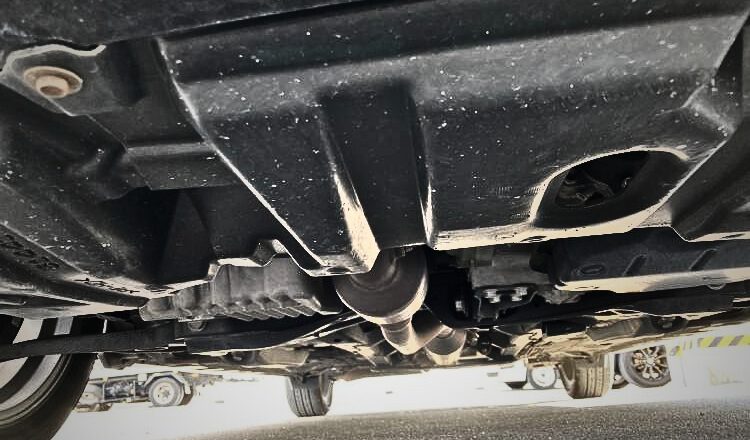The exhaust system plays a crucial role in vehicle performance, fuel economy, and emissions control. Yet it’s one of the most neglected components when it comes to routine maintenance. A well-functioning exhaust not only ensures smoother driving but also helps protect the environment and your health.
In this blog, we’ll break down the purpose of your exhaust system, how to spot potential issues early, and practical maintenance tips to keep everything running at its best.
🔧 What Does the Exhaust System Do?
The exhaust system consists of several key parts: the exhaust manifold, catalytic converter, oxygen sensors, muffler, resonator, and tailpipe. Together, they:
- Safely direct exhaust gases away from the engine and cabin
- Convert harmful emissions into less harmful ones (via the catalytic converter)
- Reduce noise produced by the engine
- Maintain proper engine backpressure, enhancing performance and efficiency
🚨 Warning Signs of Exhaust Trouble
Recognizing early symptoms can prevent serious damage. Watch for:
- Loud noises (rumbling or hissing)
- Check engine light activation
- Decreased fuel efficiency
- Vibrations or rattling underneath the car
- Unusual exhaust smell inside or outside the vehicle
These symptoms often indicate leaks, damaged components, or failing sensors and should be addressed promptly.
7 Practical Tips to Maintain Your Exhaust System
1. Conduct Regular Visual Inspections
Check for rust, holes, or loose parts underneath your vehicle. Road salt, especially in winter climates, can accelerate corrosion.
2. Listen for Strange Noises
Unusual sounds are often the first sign of exhaust trouble. Don’t ignore rumbling, hissing, or clunking sounds coming from underneath your car.
3. Take Longer Drives Occasionally
Short trips may not heat the exhaust system enough to evaporate moisture, which can lead to internal rusting. A longer drive once a week helps keep it dry.
4. Clean the Undercarriage Regularly
Dirt and salt buildup can cause premature rust. Washing the underside of your car helps extend the exhaust system’s life—especially after winter or off-road trips.
5. Use High-Quality Fuel
Poor quality fuel can increase carbon buildup, which affects sensors and clogs the catalytic converter. Stick to your manufacturer’s fuel recommendation.
6. Replace Worn Mounts and Heat Shields
Rubber hangers and heat shields hold the exhaust in place. If they crack or weaken, the system can sag or vibrate, causing further damage.
7. Get Emissions and System Checks
If your area requires emissions testing, use it as an opportunity to get the system checked. Professionals can identify issues early, including failing oxygen sensors or catalytic inefficiency.
🧰 When to Visit a Mechanic
Seek professional help if you experience:
- Loud or sudden noises
- Drop in fuel economy
- Dashboard warning lights
- Persistent odors or smoke
- Visible corrosion or leaks underneath
A mechanic can conduct tests like backpressure measurement, smoke testing, or sensor diagnostics to pinpoint the issue accurately.
Conclusion: Clean System, Clean Performance
Keeping your car’s exhaust system in top condition is essential for performance, safety, and the environment. With routine checks, smart driving habits, and prompt repairs, you’ll extend its lifespan and enjoy a smoother, quieter ride—while doing your part to reduce emissions.

